Barren field

In 2007, archaeologist Christopher Morehart was using satellite imagery to map the irrigation canals and waterways surrounding the ancient city of Teotihuacan, in Mexico. There, he discovered a pile of skulls that may represent one of the largest human sacrifice sites in Mesoamerica. [Read the full story on the human sacrifices discovered in Mexico]
Drained lake
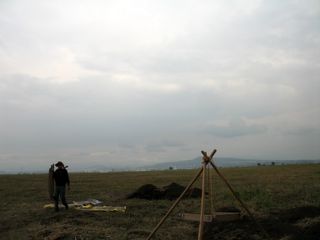
The researchers began investigating a region about 15 miles from the ancient city that had once housed a vast lake called Lake Xaltocan. [Read the full story on the human sacrifices discovered in Mexico]
Looted site
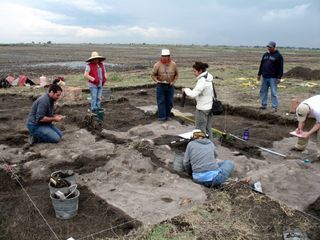
The team noticed evidence of looting and began excavating. When they dug further, they found a shocking discovery. [Read the full story on the human sacrifices discovered in Mexico]
Shocking discovery
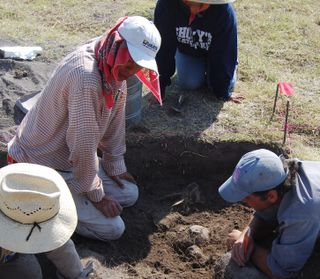
The site contained dozens of skulls lined up, all severed at the first or second vertebrae. [Read the full story on the human sacrifices discovered in Mexico]
Pile of skulls
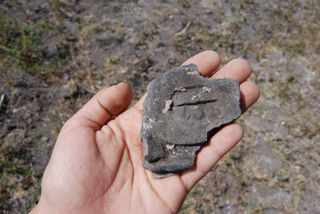
The site also contained a shrine with several artifacts associated with agricultural culture. [Read the full story on the human sacrifices discovered in Mexico]
Mass death
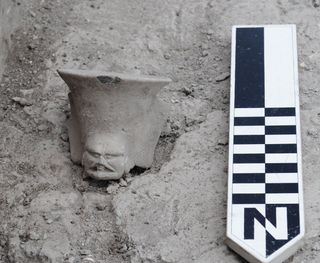
The combination of artifacts and human remains led the researchers to conclude that a mass human sacrifice occurred at the site. [Read the full story on the human sacrifices discovered in Mexico]
Ancient incense
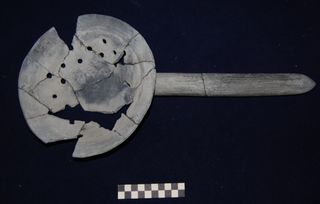
Carbon dating of the skulls and a nearby incense burner led the team to conclude the skulls date to between 600 to 850 A.D., around the time of Teotihuacan's fall.
Sign up for the Live Science daily newsletter now
Get the world’s most fascinating discoveries delivered straight to your inbox.
Many victims
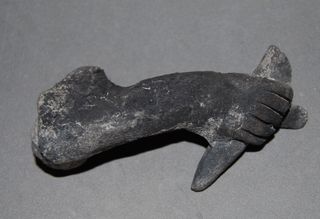
So far, the team has excavated over 150 skulls. (The researchers chose not display the skulls because the sacrificed people may have historic ties to people of today's indigenous cultures.) [Read the full story on the human sacrifices discovered in Mexico]
Water god
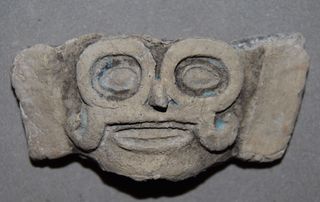
An artifact depicting Tlaloc, an ancient water god from the Pre-Columbian period in Mexico, was found at the human sacrifice site at Lake Xaltocan. [Read the full story on the human sacrifices discovered in Mexico]
Rural culture
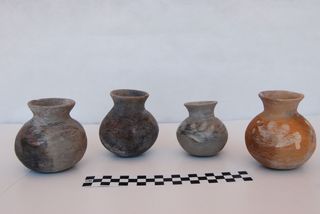
Because of its rural locale, the sacrifice event is markedly different from others in the region, which typically took place in the great pyramids of large cities. [Read the full story on the human sacrifices discovered in Mexico]
Chaotic time
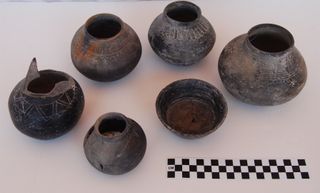
The sacrifice likely occurred during a time of great upheaval, when the Teotihuacan culture was declining. [Read the full story on the human sacrifices discovered in Mexico]

Tia is the managing editor and was previously a senior writer for Live Science. Her work has appeared in Scientific American, Wired.com and other outlets. She holds a master's degree in bioengineering from the University of Washington, a graduate certificate in science writing from UC Santa Cruz and a bachelor's degree in mechanical engineering from the University of Texas at Austin. Tia was part of a team at the Milwaukee Journal Sentinel that published the Empty Cradles series on preterm births, which won multiple awards, including the 2012 Casey Medal for Meritorious Journalism.
Most Popular

